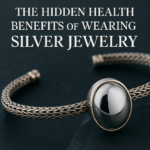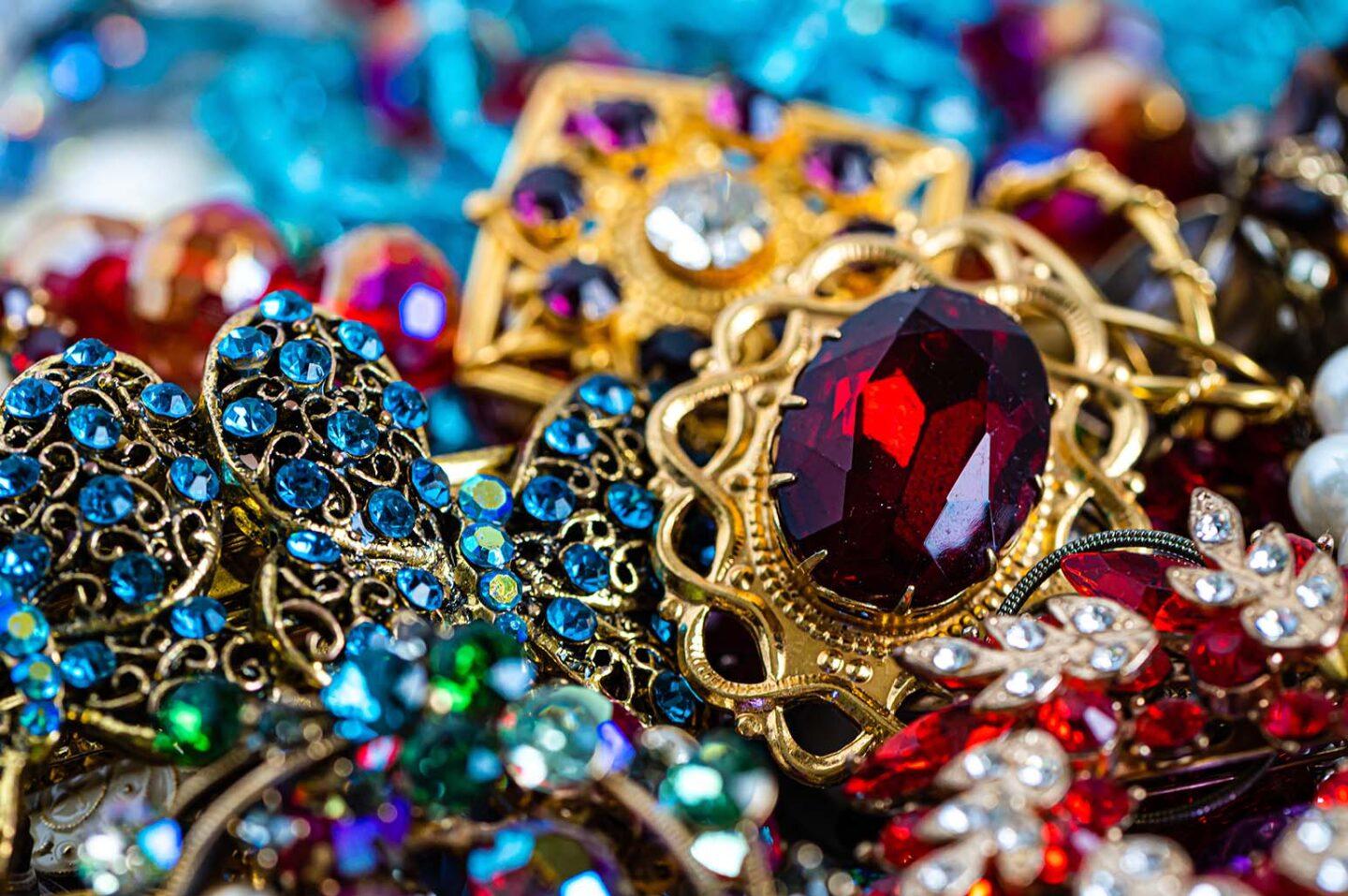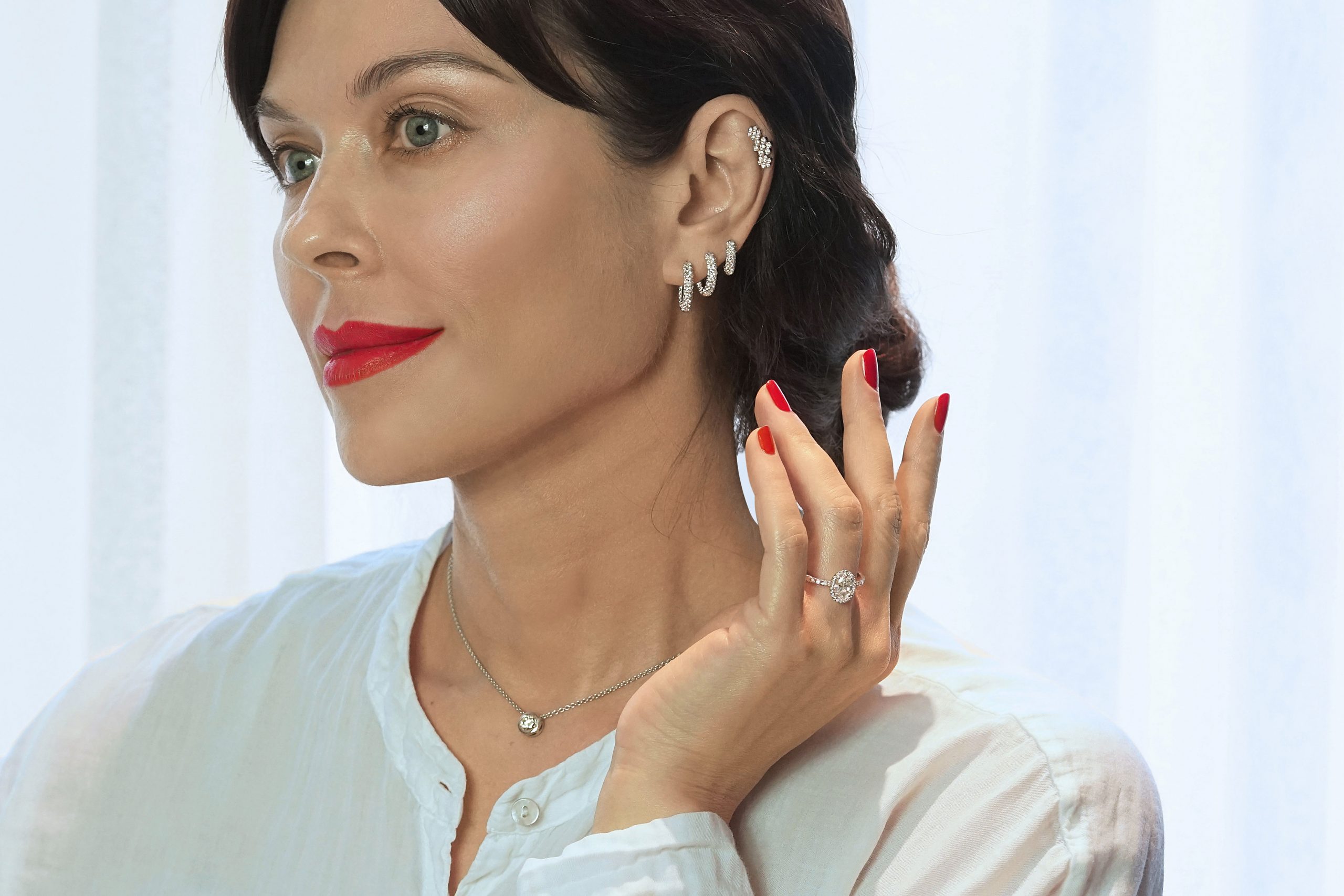Ever put on a cute pair of earrings or a shiny necklace only to end up with red, itchy skin? You might be dealing with a jewelry allergy, a super common issue that can turn your favorite accessories into a total pain. Don’t worry, though—this post is here to break it all down in a way that’s easy to get and gives you practical tips to keep your skin happy. Let’s dive into what causes these reactions, how to spot them, and what you can do about it, with a little help from the latest jewelry news at [Gemifys.com].
What is a Jewelry Allergy?
A jewelry allergy is usually a reaction to metals like nickel or cobalt, which are often mixed into jewelry to make it stronger or cheaper. It’s a type of contact dermatitis, meaning your skin gets irritated when it touches something it doesn’t like. According to experts, nickel is the biggest troublemaker, affecting up to 1 in 5 people in North America. Cobalt can also cause issues, and sometimes people think they’re allergic to gold or silver, but it’s actually the nickel hiding in those alloys.
When your skin touches these metals, it might get red, itchy, or even blistery—yikes! The reaction usually shows up where the jewelry sits, like your earlobes, neck, or fingers, but it can spread to other spots, like your hands, if things get serious.
Common Metals That Trigger Jewelry Allergies
So, what metals are sneaking into your jewelry and causing all this drama? Here’s a quick rundown of the usual suspects and where they pop up.
Nickel
Nickel is everywhere—think earrings, necklaces, rings, zippers, belt buckles, and even your phone or laptop. It’s also in stuff like coins, keys, and some foods (like chocolate or soy). If you’ve got a nickel allergy, even a tiny bit of it can make your skin go wild. It’s super common in cheaper jewelry, where it’s used as a base metal under gold or silver plating.
Cobalt
Cobalt shows up in things like costume jewelry, blue tattoo ink, and even some hair dyes or makeup. It’s less common than nickel but can still cause a rash if your skin doesn’t vibe with it. You might also find it in metal tools or dental implants.
Gold and Silver (Sort Of)
Pure gold (like 24-karat) and pure silver are usually safe, but most jewelry isn’t pure. White gold often has nickel mixed in to make it whiter, and cheaper silver-plated pieces might have a nickel base. Even sterling silver can have tiny traces of other metals. The good news? Higher-karat gold (18-karat or more) and sterling silver are less likely to cause problems.
What Are the Symptoms of a Jewelry Allergy?
Wondering if your skin’s freaking out because of your jewelry? Here are the signs to watch for:
- Itchy, red skin where the jewelry touches
- Bumps or rashes that might look like a burn
- Blisters or oozing in bad cases
- Dry, scaly patches if it’s been going on a while
These symptoms might not show up right away—sometimes it takes hours or even a couple of days. If it’s really bad, you might get a rash in places that didn’t even touch the jewelry, like your hands. That’s called systemic contact dermatitis, and it can happen if you’re eating foods with nickel, too.
If your skin’s acting up and you’re not sure why, or if it looks infected (think extra redness, warmth, or pus), check in with a doctor ASAP.
Why Do Some People Get Jewelry Allergies?
Your skin’s like a bouncer at a club—it’s picky about who gets in. When it meets a metal like nickel, it might decide it’s trouble and kick off an allergic reaction. This happens because your immune system tags the metal as a bad guy, even though it’s harmless. Once that happens, you’re sensitive to it forever, so every time you wear that metal, your skin throws a fit.
Sweat can make things worse—it corrodes the metal, letting tiny particles sneak into your skin. If you’ve got eczema (like atopic dermatitis), your skin’s barrier is already a bit weak, so you might be extra prone to these reactions. Women tend to deal with this more than men, probably because they wear more jewelry, but anyone can develop it at any age.
How to Prevent Jewelry Allergy Flares
Nobody wants to ditch their favorite bling, so here’s how to keep wearing jewelry without the drama. These tips are all about dodging those trigger metals and keeping your skin chill.
Pick Hypoallergenic Jewelry
Go for hypoallergenic jewelry made of:
- Stainless steel (surgical-grade is best)
- Titanium—super safe and lightweight
- Platinum—pricey but gentle
- 18- or 24-karat gold—less likely to have nickel
- Sterling silver—usually nickel-free
Pro tip: Skip cheap costume jewelry—it’s often loaded with nickel. Check out [Gemifys.com] for the latest on safe, stylish pieces.
Test Your Jewelry
Not sure if your jewelry’s safe? Grab a nickel test kit from a pharmacy or online. It’ll tell you if your favorite necklace is secretly a nickel bomb. Cobalt test kits exist too if you’re worried about that.
Create a Barrier
If you can’t part with a piece, try putting a barrier between it and your skin. For earrings, slip on plastic covers for the studs. For rings or necklaces, coat them with clear nail polish or ask a jeweler to plate them with rhodium or platinum. Just know you’ll need to reapply or replate eventually.
Be Picky About Piercings
Getting a piercing? Make sure the studio uses sterile, nickel-free needles (like stainless steel or titanium). Ask for hypoallergenic jewelry right from the start to avoid trouble later.
Track Your Triggers
Noticed a rash after wearing a new bracelet? Keep a mental note (or jot it down) to spot patterns. If you’ve got eczema, tracking triggers is extra important since metals can make it worse. A dermatologist can do a patch test to confirm exactly what’s bugging your skin.
FAQs About Jewelry Allergy
Got questions? We’ve got answers! Here are some common things people ask about jewelry allergies, straight from the web.
What metals cause jewelry allergies?
Nickel and cobalt are the main culprits. Sometimes white gold or silver-plated jewelry has nickel in it, so stick to stainless steel, titanium, platinum, or high-karat gold (18-karat or higher) to play it safe.
How do I know if I’m allergic to my jewelry?
If you get itchy, red, or blistered skin where your jewelry touches, you might have an allergy. It can take hours or days to show up. A dermatologist can do a patch test to figure out if nickel, cobalt, or another metal is the problem.
Can I still wear jewelry if I have a metal allergy?
Totally! Just pick hypoallergenic jewelry like titanium, sterling silver, or 18-karat gold. You can also use plastic earring covers or coat pieces with clear nail polish to keep metals off your skin.
Is gold or silver better for sensitive skin?
Pure gold (24-karat) and pure silver are usually fine, but most jewelry isn’t pure. Sterling silver is safer than silver-plated stuff, which might have nickel. High-karat gold (18-karat or more) is better than white gold, which often has nickel. Titanium or platinum are even safer bets.
What should I do if my skin reacts to jewelry?
Take off the jewelry right away. Wash the area with mild soap and water, and try an over-the-counter hydrocortisone cream to calm the itch. If it’s not getting better or looks infected, see a doctor.
Living Well with Jewelry Allergies
Dealing with a jewelry allergy doesn’t mean you have to give up looking fabulous. With a little know-how, you can rock safe, stylish pieces that won’t leave your skin screaming. Stick to hypoallergenic metals, test your jewelry, and keep an eye on what your skin’s telling you. For the latest tips and trends on safe jewelry, check out [Gemifys.com]—they’ve got the scoop on staying sparkly without the itch.







